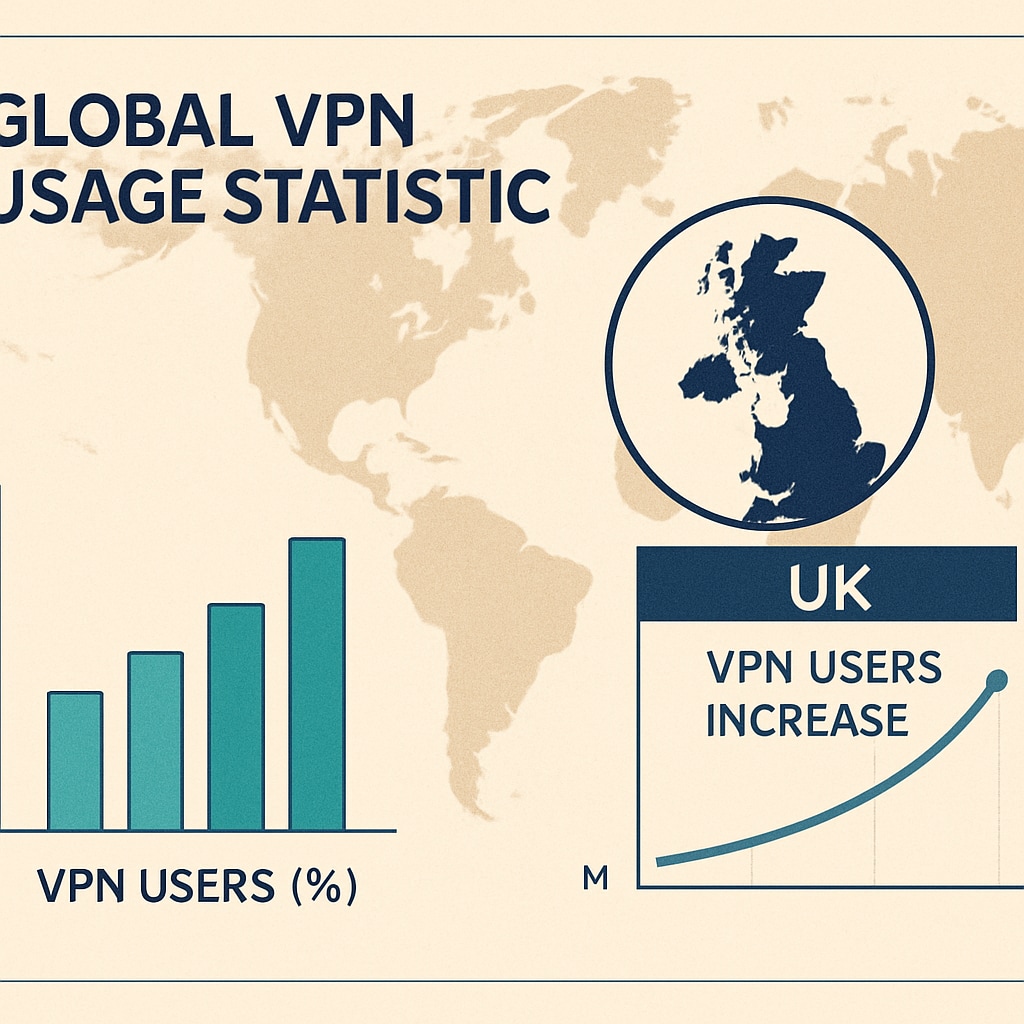The introduction of the UK’s age verification law has sparked widespread debate and a notable rise in Virtual Private Network (VPN) usage. The law, aimed at ensuring age-appropriate access to certain online content, has had unintended consequences, leading many to explore ways to bypass internet restrictions. This article examines the implications of the age verification law, the surge in VPN adoption, and the broader discussion surrounding privacy and digital rights.
Understanding the UK Age Verification Law
The age verification law was designed to restrict access to adult content online, mandating that users provide proof of age before accessing certain websites. While the law aims to protect minors, critics argue that it raises concerns over privacy, data security, and the potential for censorship.
Under the law, websites hosting age-restricted content are required to implement age verification measures, such as ID checks or third-party verification systems. Non-compliance may result in fines or even website bans within the UK. However, these measures have raised alarm among privacy advocates and regular users, prompting many to turn to VPNs as a solution.

Why VPN Usage is Skyrocketing
VPNs, or Virtual Private Networks, have become a popular tool for maintaining internet privacy and bypassing geographical restrictions. Following the implementation of the age verification law, VPN providers reported a significant increase in UK-based users. This surge can be attributed to several factors:
- Privacy Concerns: Many users fear that age verification systems may compromise their personal data, making VPNs an attractive option for anonymous browsing.
- Access to Restricted Content: VPNs allow users to mask their location and access websites as if they were in a different country, bypassing UK-based restrictions.
- Distrust in Enforcement: Some users believe the law overreaches its bounds, prompting them to seek alternatives to maintain unrestricted internet access.
As a result, the UK has seen a sharp increase in VPN subscriptions and downloads, with some providers experiencing double-digit growth in user numbers.
The Broader Implications of VPN Adoption
The rise in VPN usage has far-reaching implications, extending beyond age-restricted content. For one, it highlights the growing public awareness of digital privacy and the tools available to safeguard it. However, it also raises questions about the effectiveness of such laws and the challenges of enforcing them in a globally connected internet ecosystem.
Additionally, the widespread adoption of VPNs could inadvertently hinder the law’s primary goal of protecting minors. With VPNs, users may bypass not only age verification measures but also other content filters, potentially exposing themselves to unregulated online environments.

Balancing Regulation and Privacy
The debate surrounding the UK age verification law underscores the delicate balance between regulation and individual privacy. While the law’s intention to protect vulnerable users is commendable, its implementation has revealed critical gaps. Policymakers and technology companies must work together to develop solutions that uphold both safety and privacy.
For example, alternative measures such as device-based parental controls, education campaigns, and less intrusive verification systems could address concerns while minimizing the need for workarounds like VPNs. At the same time, increased transparency in how user data is handled could help rebuild trust among internet users.
Conclusion
The UK age verification law has undoubtedly sparked important discussions about online safety and privacy. However, the surge in VPN usage reveals the complexities of implementing regulations in the digital age. As the UK continues to navigate these challenges, it serves as a case study for other countries considering similar measures. Ultimately, striking the right balance between protection and privacy will be key to fostering a safer and more secure online environment for all users.
Readability guidance: The article uses concise paragraphs, clear subheadings, and lists to enhance readability. Transition words such as “however,” “therefore,” and “in addition” are used throughout to ensure a smooth flow of ideas.


